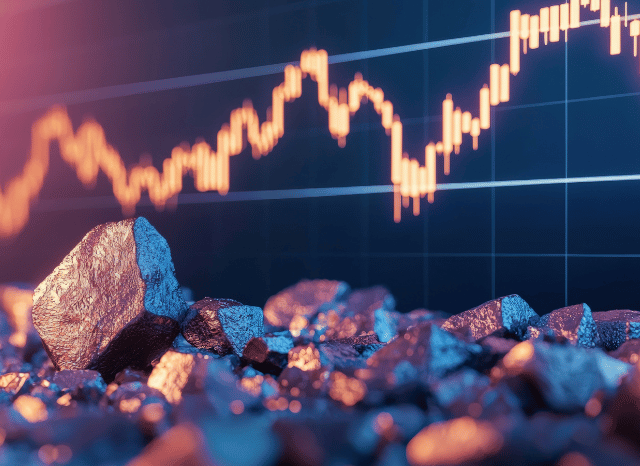Uncommon Earth Component Minerals: International Offer and Demand from customers by Stanislav Kondrashov
Uncommon Earth Component Minerals: International Offer and Demand from customers by Stanislav Kondrashov
Blog Article

The strategic metals powering the Strength transition are now centre phase in geopolitics and marketplace.
Once confined to niche scientific and industrial circles, scarce earth features (REEs) have surged into worldwide headlines—and forever motive. These 17 elements, from neodymium to dysprosium, are the constructing blocks of contemporary engineering, playing a central purpose in all the things from wind turbines to electrical car motors, smartphones to defence systems.
As the world races in direction of decarbonisation and digitalisation, demand from customers for REEs is soaring. Their function from the energy transition is very important. Significant-overall performance magnets created with neodymium and praseodymium are important to the electric motors used in the two EVs and wind turbines. Other REEs like europium and terbium are valuable for lighting, displays, and optical fibre networks.
But supply is precariously concentrated. China currently prospects the sourcing, separation, and refining of uncommon earths, managing much more than eighty% of global output. This has left other nations scrambling to make resilient offer chains, lessen dependency, and secure usage of these strategic methods. Therefore, uncommon earths are no longer just industrial products—they're geopolitical belongings.
Traders have taken note. Fascination in uncommon earth-related stocks and Trade-traded funds (ETFs) has surged, driven by both the growth in clean tech and the will to hedge versus provide rare earth elements shocks. Yet the marketplace is complex. Some firms remain within the exploration period, others are scaling up creation, though several are now refining and delivering processed metals.
It’s also vital to be familiar with the distinction between rare earth minerals and uncommon earth metals. "Minerals" confer with the Uncooked rocks—like bastnasite, monazite, xenotime, or ionic clays—that consist of scarce earths in natural type. These demand intensive processing to isolate the metallic factors. The phrase “metals,” Then again, refers to the purified chemical factors used in higher-tech applications.
Processing these minerals into usable metals is costly. Beyond China, number of international locations have mastered the total industrial procedure at scale, although places like Australia, the U.S., Vietnam, and Brazil are working to alter that.
Demand is remaining fuelled by various sectors:
· Electric mobility: magnets in motors
· Renewable energy: significantly wind turbines
· Client electronics: smartphones, laptops, sensors
· Defence: radar, sonar, precision-guided methods
· Automation and robotics: significantly critical in business
Neodymium stands out as a very beneficial exceptional earth because of its use in impressive magnets. Other individuals, like dysprosium and terbium, greatly enhance thermal balance in substantial-overall performance programs.
The exceptional earth market is volatile. Rates can swing with trade coverage, technological breakthroughs, or new offer sources. For traders, ETFs present diversification, though immediate inventory investments feature bigger risk but possibly better returns.
What’s very clear is the fact exceptional earths are no more obscure chemical curiosities—they’re strategic methods reshaping the global financial system.